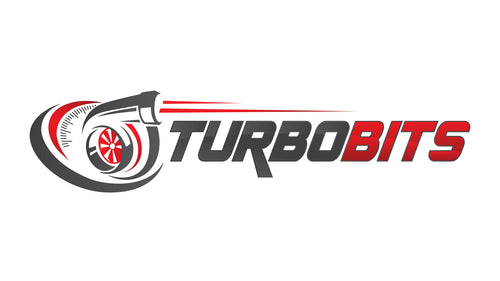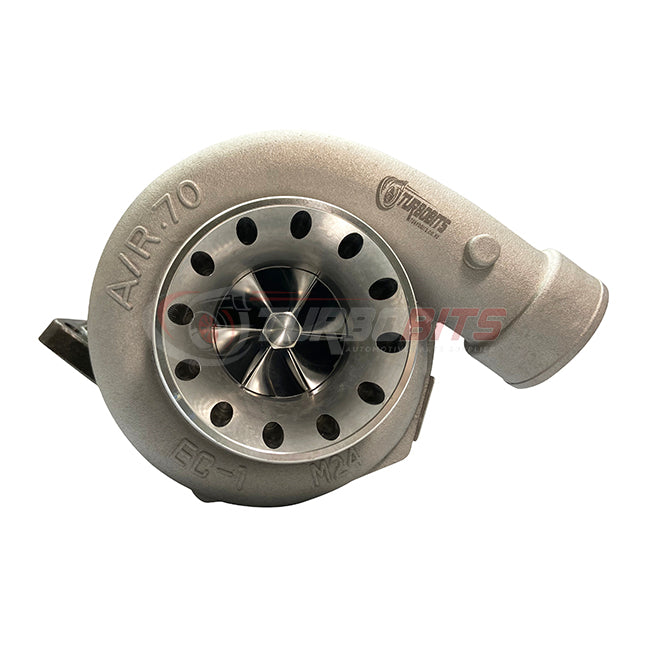Turbochargers have become an essential component of modern engines, providing higher power output and increased efficiency. A turbocharger works by compressing the incoming air into the engine using the energy of the exhaust gases. The turbocharger's housing plays a crucial role in determining its performance characteristics, and the A/R ratio of both the turbine and compressor housings are two of the most critical design parameters.
What is A/R ratio?
The A/R ratio, which stands for area/radius or Area over Radius, refers to the relationship between the cross-sectional area of the housing and the distance between the centreline of the turbocharger's shaft and the centre of the housing. A larger A/R ratio means a larger cross-sectional area and a longer distance from the centreline of the shaft to the centre of the housing. On the other hand, a smaller A/R ratio means a smaller cross-sectional area and a shorter distance from the centreline of the shaft to the centre of the housing.
How does A/R ratio affect turbocharger performance?
The A/R ratio of the turbocharger housing plays a critical role in determining the turbocharger's performance characteristics, including the speed of response and the efficiency of operation. In general, a smaller A/R ratio means faster turbocharger response, but less efficient operation at higher engine speeds. Conversely, a larger A/R ratio means slower turbocharger response, but more efficient operation at higher engine speeds.
For the turbine housing, a smaller A/R ratio means that the turbocharger will spool up quicker, but it will run out of steam sooner as the engine revs climb. A larger A/R ratio will have a slower spool-up time but will be able to provide more boost at higher engine speeds.
For the compressor housing, a smaller A/R ratio means that the turbocharger will be able to provide more boost at low engine speeds, but it may struggle to maintain boost at higher engine speeds. A larger A/R ratio will have a slower boost response but will be more effective at maintaining boost at higher engine speeds.
Why is A/R ratio important?
Choosing the right A/R ratio is essential to achieving the desired performance characteristics for a given engine. The optimal A/R ratio depends on various factors, such as engine displacement, power output, operating RPM range, and desired turbocharger response characteristics. Engines that require better low-end response typically benefit from smaller A/R ratios for both the turbine and compressor housings, while those that operate at higher RPM ranges benefit from larger A/R ratios for both housings.
Conclusion
In conclusion, the A/R ratio of both the turbine and compressor housing of a turbocharger is a crucial design parameter that determines the turbocharger's performance characteristics. The choice of A/R ratio affects the turbocharger's response time and efficiency of operation. The optimal A/R ratio depends on various engine parameters, and choosing the right A/R ratio is crucial to achieving the desired engine performance. That's why our knowledgeable team at Turbo Bits is here to help. With our expertise, we can help you select the right turbocharger for your application, ensuring that you get the best possible performance and reliability. Contact us today and let us help you take your engine to the next level!

